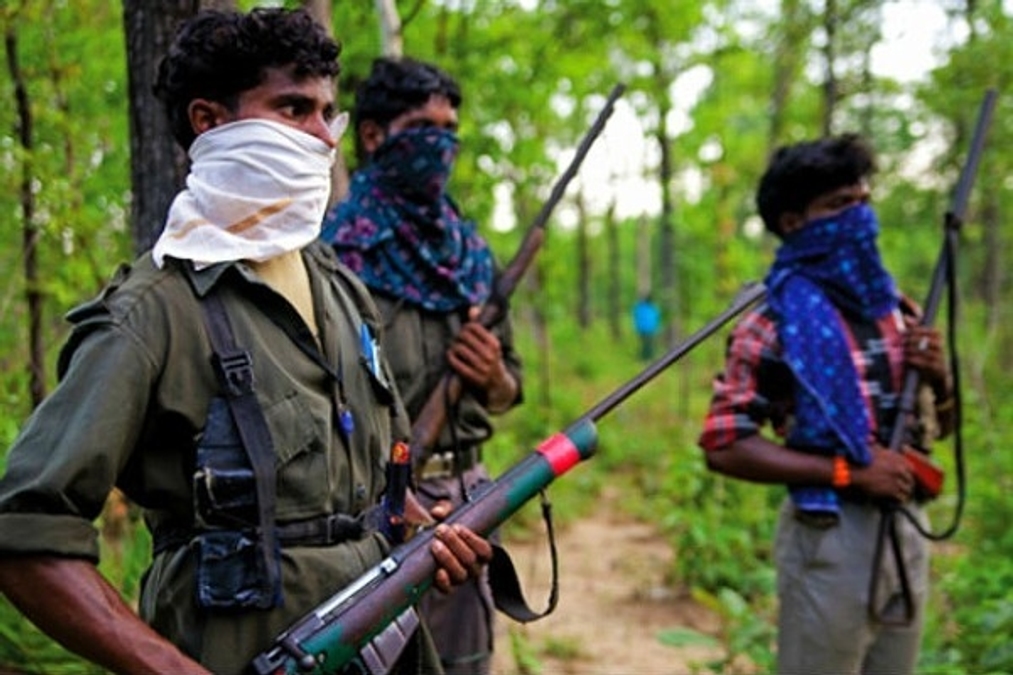The battle against Naxalism, the left-wing extremism that has plagued India for decades, appears to be nearing its decisive end. The recent elimination of 31 Naxals in Chhattisgarh’s Bijapur marks one of the most significant security victories in recent history. This strike, backed by the BJP-led NDA government’s intensified operations, reinforces the Union Home Minister Amit Shah’s bold assertion that Chhattisgarh—the last bastion of Naxalism—will be free of the menace by March 31, 2026. The trajectory of Naxalism’s decline has been consistent over the past decade. Once deeply entrenched across multiple states, Naxalism has been systematically dismantled. Andhra Pradesh, which was once a hotbed of Maoist activity, saw a dramatic decline in insurgency under the leadership of Dr. YS Rajasekhar Reddy and his no-nonsense police chief, Swaranjit Sen, between 2014-2016. Similarly, West Bengal, where the movement originated in Naxalbari, witnessed a sharp decline after the Trinamool Congress, led by Mamata Banerjee, took power. Madhya Pradesh, too, has seen a significant drop in Naxal activities, particularly after its bifurcation, which led to the creation of the tribal-dominated Chhattisgarh. Despite sporadic attempts to establish strongholds in Karnataka and Tamil Nadu, Naxals failed to find the kind of secure forested hideouts that Chhattisgarh, Telangana, and Andhra Pradesh had once provided. The Modi government’s firm resolve, coupled with the deployment of central paramilitary forces alongside state police, has dealt repeated blows to the Naxal network. The results are undeniable—287 Naxals neutralized, 1,000 arrested, and 837 surrendered in Chhattisgarh alone in the past year. Most notably, for the first time in four decades, the annual death toll from Naxal violence among civilians and security forces has fallen below 100.

These statistics highlight a stark contrast to previous decades when Naxalism thrived under weak political will and inadequate law enforcement. Historically, Naxalites have thrived on the ideology of class conflict, exploiting grievances among tribal communities, particularly regarding land rights and economic disparities. However, the changing political landscape, coupled with aggressive counter-insurgency strategies, has significantly eroded their influence. The Modi government’s approach has not only focused on aggressive operations but has also targeted the ideological and logistical support systems that sustain Naxalism. The crackdown on so-called “urban Naxals”—leftist intellectuals and activists accused of providing ideological, financial, and legal assistance to extremists—has further weakened the movement. This decisive action has ensured that no extremist organization can misuse Indian land as a breeding ground for insurgency. Amit Shah has made it clear: the government is unwavering in its commitment to eradicating Naxalism. His leadership, marked by an iron-fisted approach toward internal security, has systematically dismantled not just Naxalism but also other forms of extremism across the country. The promise to make Chhattisgarh Naxal-free by 2026 is not just political rhetoric; it is a goal that now appears within reach. While the ideological remnants of Naxalism may persist in some corners, the movement is undeniably on its last leg. The security forces’ relentless operations, coupled with strong political will, have pushed the insurgency into a death spiral. The final nail in the coffin is being hammered, and if the current momentum continues, Naxalism will soon be confined to history books as a failed insurgency that was ultimately crushed by the resolve of a determined nation.




